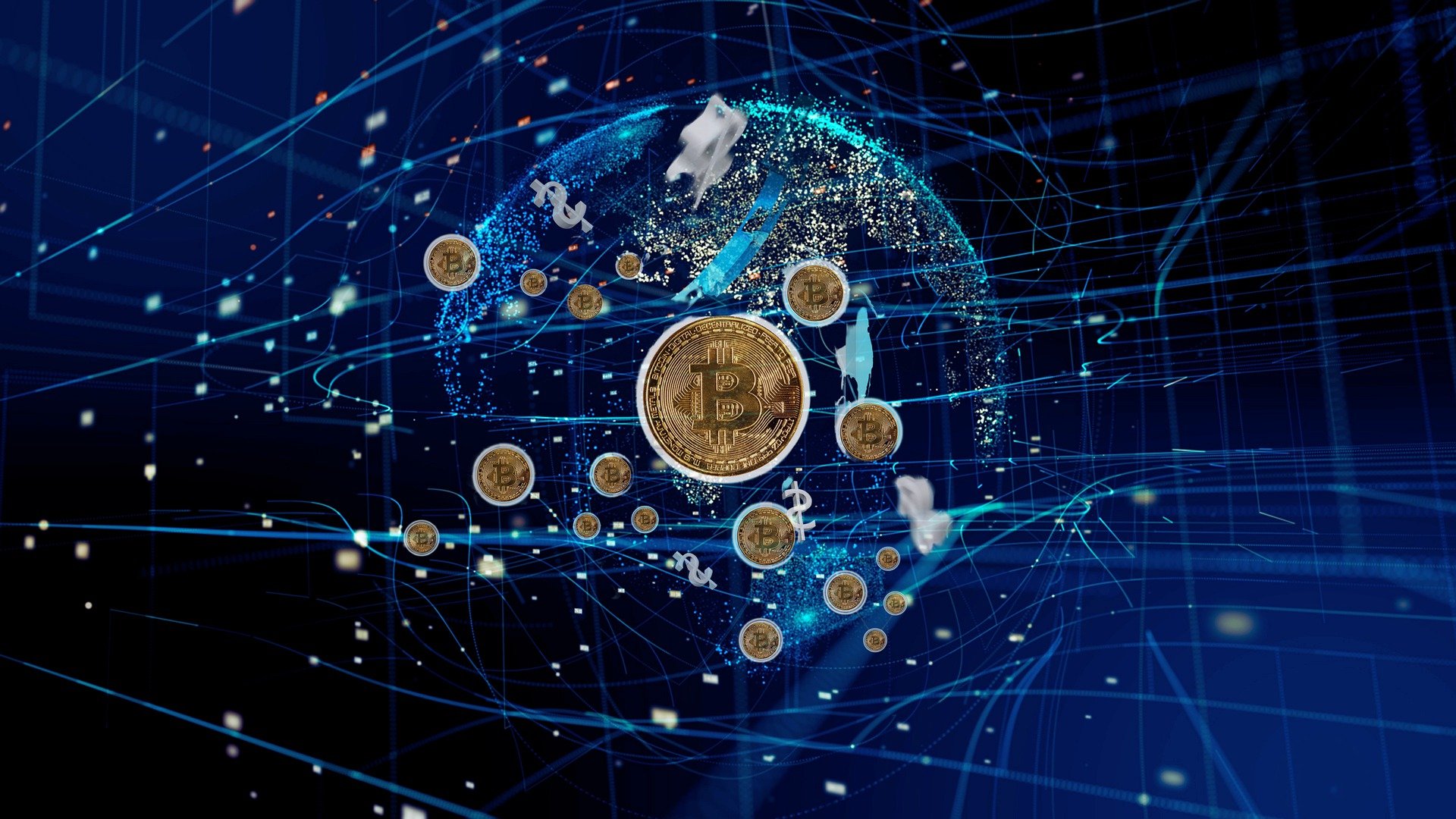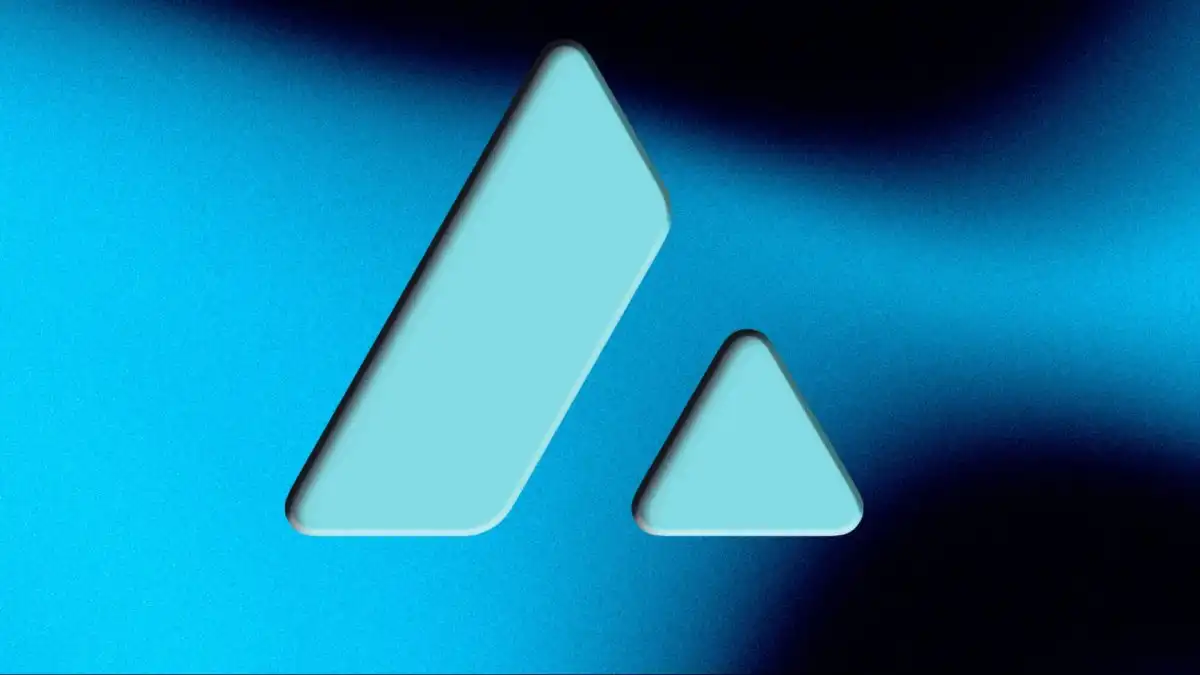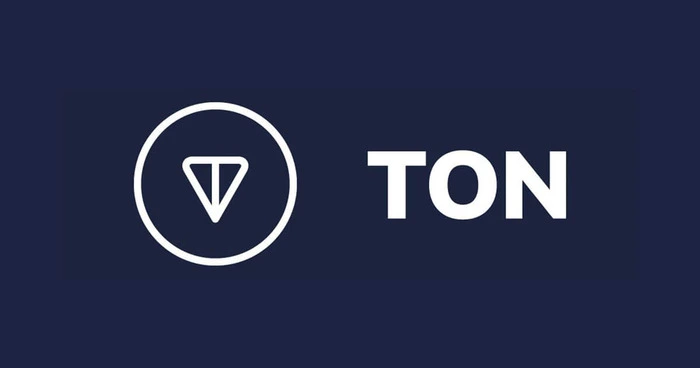- A crypto rug pull is a scam where developers abandon a project after collecting investor funds, leaving buyers with worthless tokens.
- To avoid falling victim, watch for red flags like anonymous teams, no liquidity locks, overhyped marketing, and suspicious token distribution.
The cryptocurrency world is full of opportunities—but also risks. One of the most devastating scams is the rug pull, where developers abandon a project after collecting investor funds, leaving buyers with worthless tokens. These scams can be difficult to detect, but there are telltale signs that can help you steer clear of potential losses.
Also read: 10 Low-Cap Altcoins Poised for Explosive Growth
🚨 Red Flags of a Crypto Rug Pull
- Anonymous or Unverifiable Team
- If a project’s developers and founders are anonymous or have no verifiable track record, proceed with caution. Legitimate projects often have transparent leadership with a history in blockchain or tech.
- Lack of Liquidity or Locked Funds
- Rug pulls often involve tokens with little to no liquidity or projects where the liquidity isn’t locked for a significant period. Without liquidity locks, developers can drain the funds and disappear.
- Overhyped Marketing & Unrealistic Promises
- Beware of projects promising guaranteed returns, massive partnerships, or “revolutionary” technology without proof. Scammers rely on hype to attract investors before pulling the plug.
- No Code Audits or Poor Smart Contract Security
- Reputable projects often undergo security audits from firms like CertiK or Solidity Finance. If no audit exists or the contract contains suspicious functions (like unlimited minting or hidden withdrawal functions), it’s a red flag.
- Sudden Spike in Token Price Without Clear Reason
- If a token’s price skyrockets suddenly without fundamental news or utility, it could be due to manipulated trading (e.g., wash trading or insider buying). These are often setups for a rug pull.
- No Clear Use Case or Roadmap
- Legitimate projects provide clear roadmaps, whitepapers, and development milestones. If a project’s roadmap is vague or keeps changing, it may indicate a scam.
- Unusual Tokenomics & High Developer Ownership
- If a large percentage of tokens are held by the developers or a few wallets, they can easily dump their holdings, tanking the price. Always check token distribution before investing.
✅ How to Protect Yourself
- Do Your Own Research (DYOR) – Always verify team members, partnerships, and token contracts.
- Use Blockchain Explorers – Tools like Etherscan or BscScan help you track wallet movements and token distributions.
- Check Community Sentiment – Engage in discussions on Twitter, Reddit, and Telegram. If critical questions are censored, it’s a red flag.
- Stick to Reputable Projects – Investing in well-known cryptocurrencies with strong fundamentals reduces risk.




